Devore is a fabric decorated with a decorative textured pattern. Its surface resembles stained glass or a fine pattern on glass. The unusual beautiful name is not a specific type of material, it is the name of the technique for applying decor to the canvas. In our article you will find answers to the questions: what is devore fabric, what features does it have, in what areas is it used and how to care for it.
History of appearance
The technique of "etching" was first used in the 19th century by famous French weaving masters. The experiment was a success, and the world saw an elegant, airy, amazingly beautiful material. Fabrics with the devore effect decisively "pushed aside" the heavier ones (brocade, jacquard), which were popular at that time for making festive outfits.
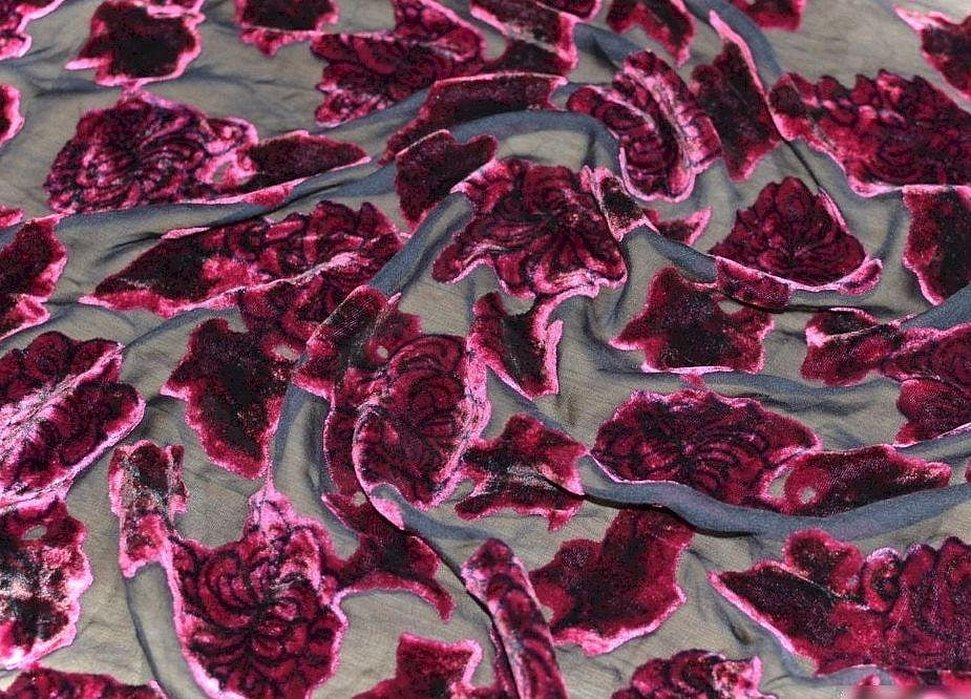
By the middle of the 20th century, etched fabric began to lose its popularity. The material owes its second birth to the emergence of inexpensive synthetic fibers, which gained recognition in the textile industry in the early 80s. Thanks to them, today the textile industry market offers a wide range of fabrics with the devore effect at quite affordable prices.
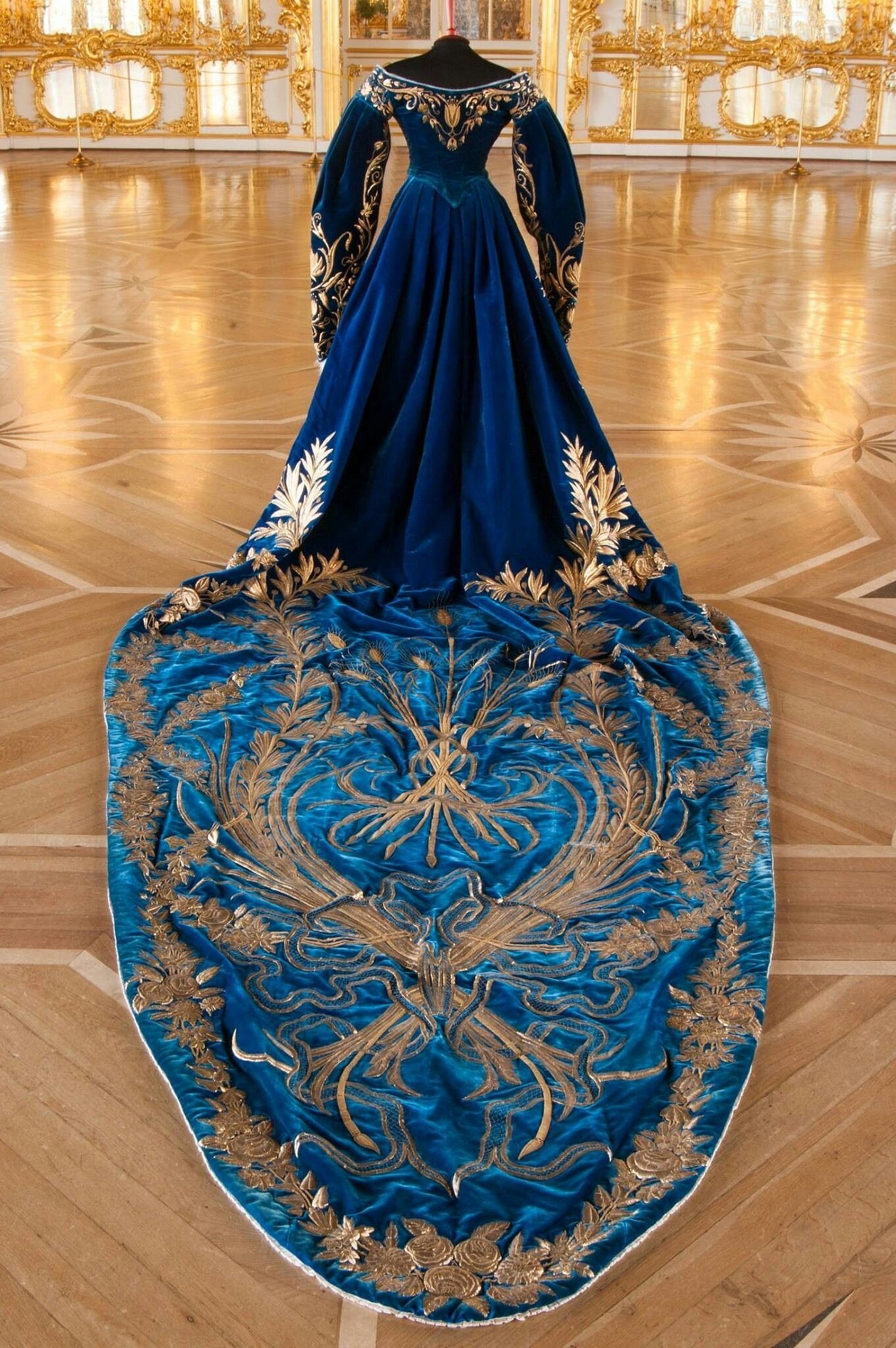
Additional information! The verb devorer means to eat away, to devour, from French. In our case, it is a process of fabric treatment, in which part of the fabric fibers is etched or “eaten away” in a certain way.
How to make devore
Devore technique is a technological process of etching parts of the fibers of the canvas, after which it becomes light and airy in appearance. An original velvet or satin ornament appears on the soft, living material, which seems to float on a transparent or matte background of the canvas.
Modern production technologies allow the use of French technology on both artificial fabrics, which mainly include polyester and viscose, and natural fabrics (cotton, linen, silk). In this case, the structure of the fabrics acquires a "zest" - it becomes original and attractive in appearance.
The etching technique is based on the use of chemical reagents in individual sections of the fabric. The result is alternating transparent and dense sections of the fabric.
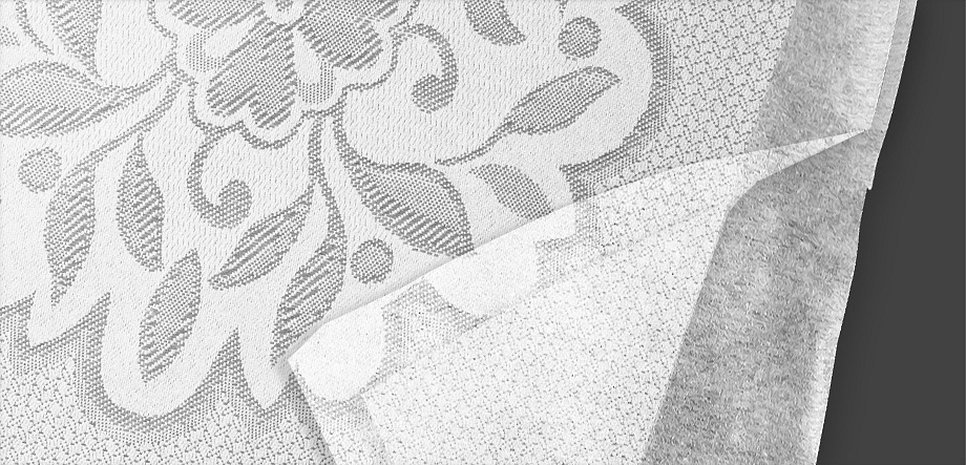
The Devore technique includes the following steps:
- A sketch is placed on the prepared canvas;
- A protective substance is applied to the reverse side so that the etching occurs strictly according to the pattern and the rest of the fabric is not damaged;
- The next step is the etching process. Under the influence of reagents, the marked fibers are destroyed, and the intended pattern appears. Chemicals are selected individually for the composition of the fabric;
- After chemical treatment, the fabric is treated in a soda solution. This process completely removes chemicals from the material. Therefore, fabric treated in this way is considered completely safe for human health.
Composition and properties
Despite the fact that during the etching process part of the fabric is destroyed, becomes airy and thin, in practice it is practical and quite durable.

Devore based on artificial fiber has the following properties:
- High resistance to ultraviolet rays;
- Mechanically strong and wear-resistant;
- Easy to process;
- Quite elastic (stretches well).
Natural devore fabrics (cotton, silk, linen) retain all the advantages of natural materials:
- Absorb moisture and dry quickly (hygroscopic);
- They allow air to pass through well and do not interfere with heat exchange;
- Do not cause allergic reactions.
Scope of application of the material
Devore fabric is used by the textile industry for sewing everyday clothes, exclusive evening dresses, home textiles (blankets, curtains, tablecloths, pillows).
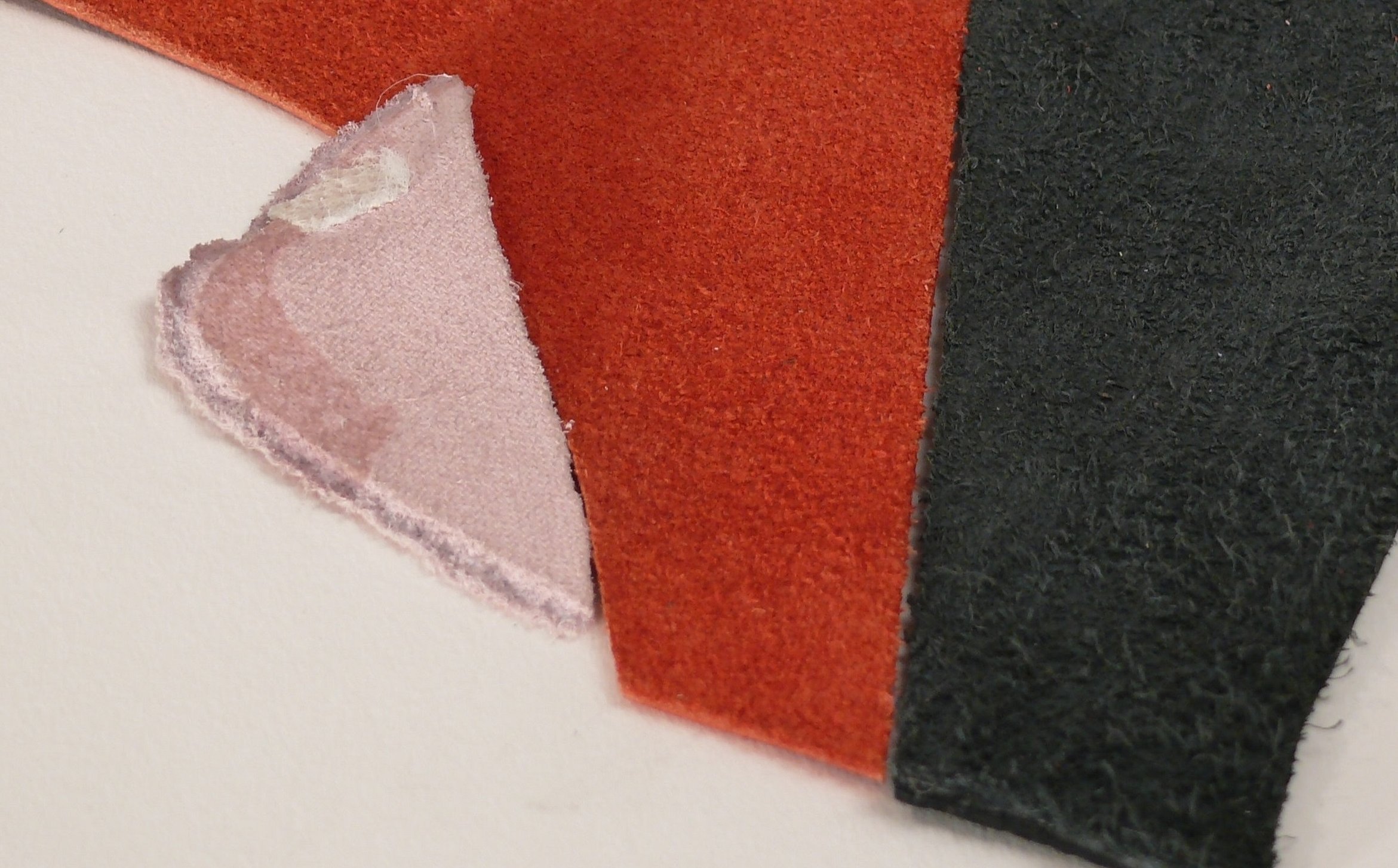
Wedding, evening and cocktail dresses look gentle, do not restrict movement, and favorably emphasize the advantages of the figure.

Devore velvet is used for festive outfits that amaze with their sophistication and magnificence. Italian panne velvet gives a woman an excellent opportunity to look chic and irresistible in any place and under any conditions.

Also in great demand is a fabric with a velvety surface - corduroy. As a rule, it is made of 100% cotton, but sometimes synthetic fibers are added to its composition. It differs from velvet by the presence of a small or medium rib on the fleecy surface, and is more resistant to abrasion.
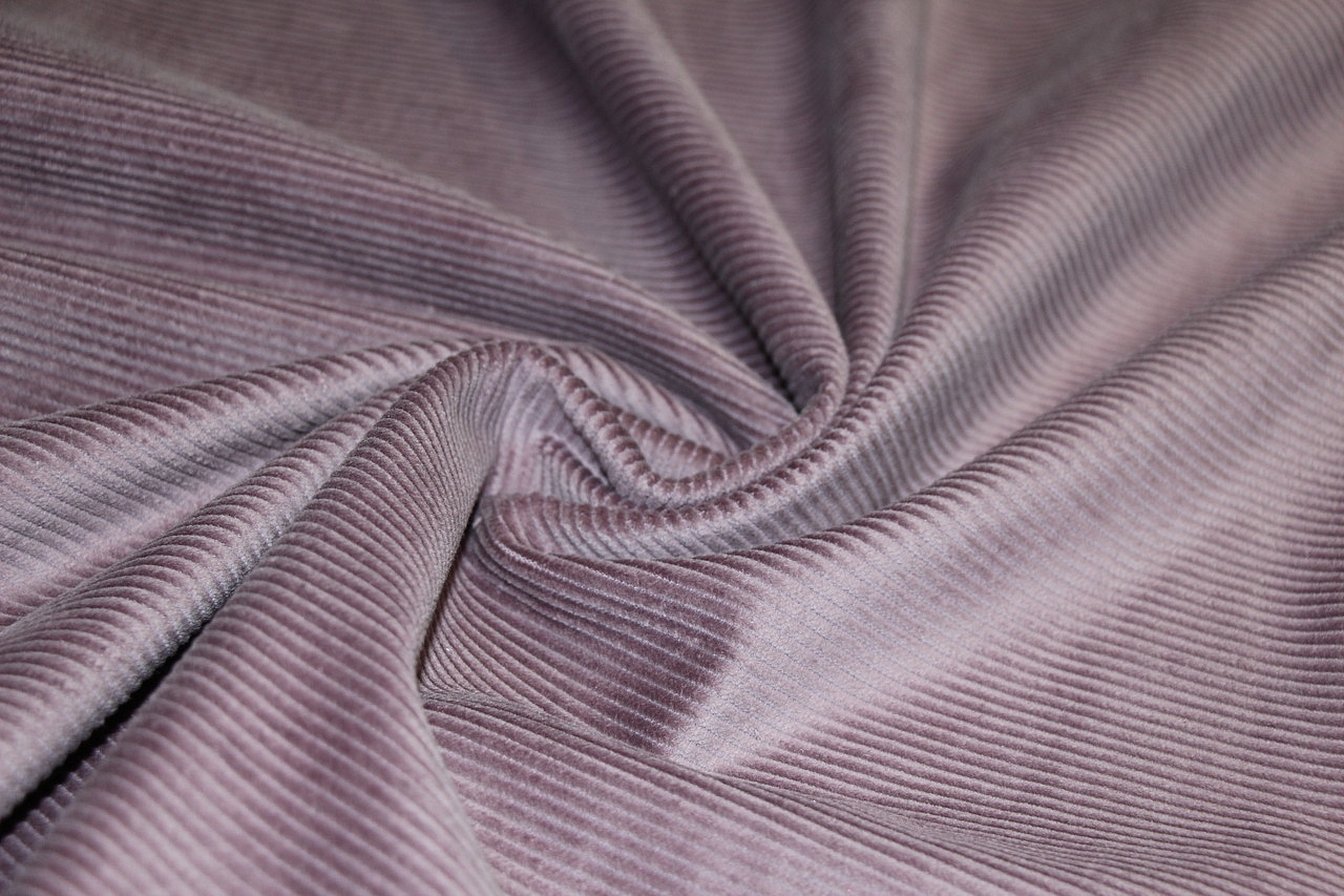
Polka dot knitwear is a timeless classic that will never go out of fashion. Polka dots are preferred by all women in the world, thanks to them you can create any image - office, romantic or retro. And a simple polka dot silk scarf can interestingly diversify the created image.
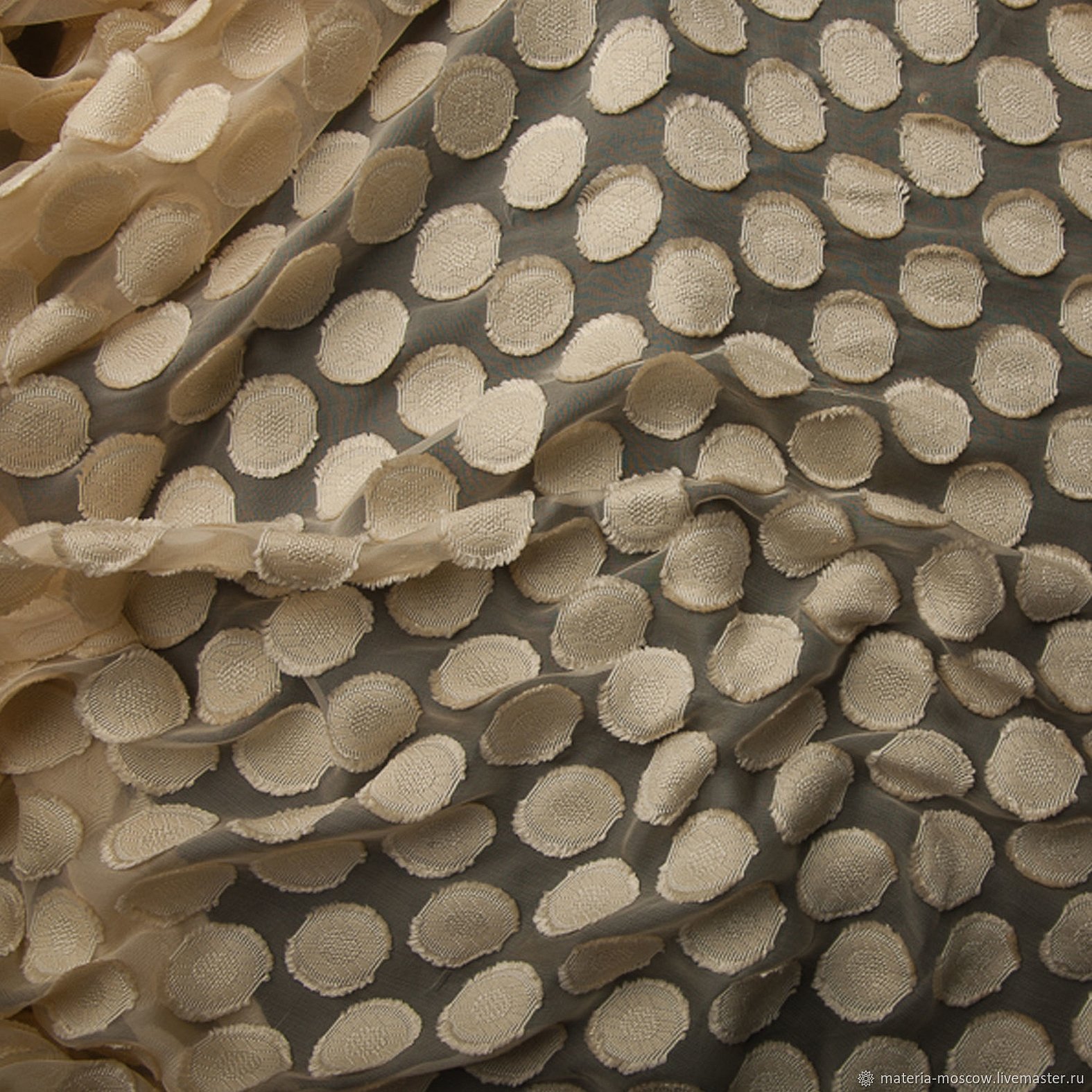
Artificial fibers - lycra, elastane, added to the fabric make it elastic, these include stretch silk, stretch velvet, stretch knitwear and other stretchy materials.
Fashion designers prefer to sew dresses of a simple cut, because exquisite fabric, for example, devore silk, is a work of art in itself.
Royal attire
Delight and excitement are caused by ancient royal outfits. Velvet devore, what is it, probably everyone knows. It was from this fabric decorated with pearls, with refined embroidery with silver threads, that chic masterpieces were created. But, they were quite bulky and not very comfortable compared to modern, no less magnificent models.
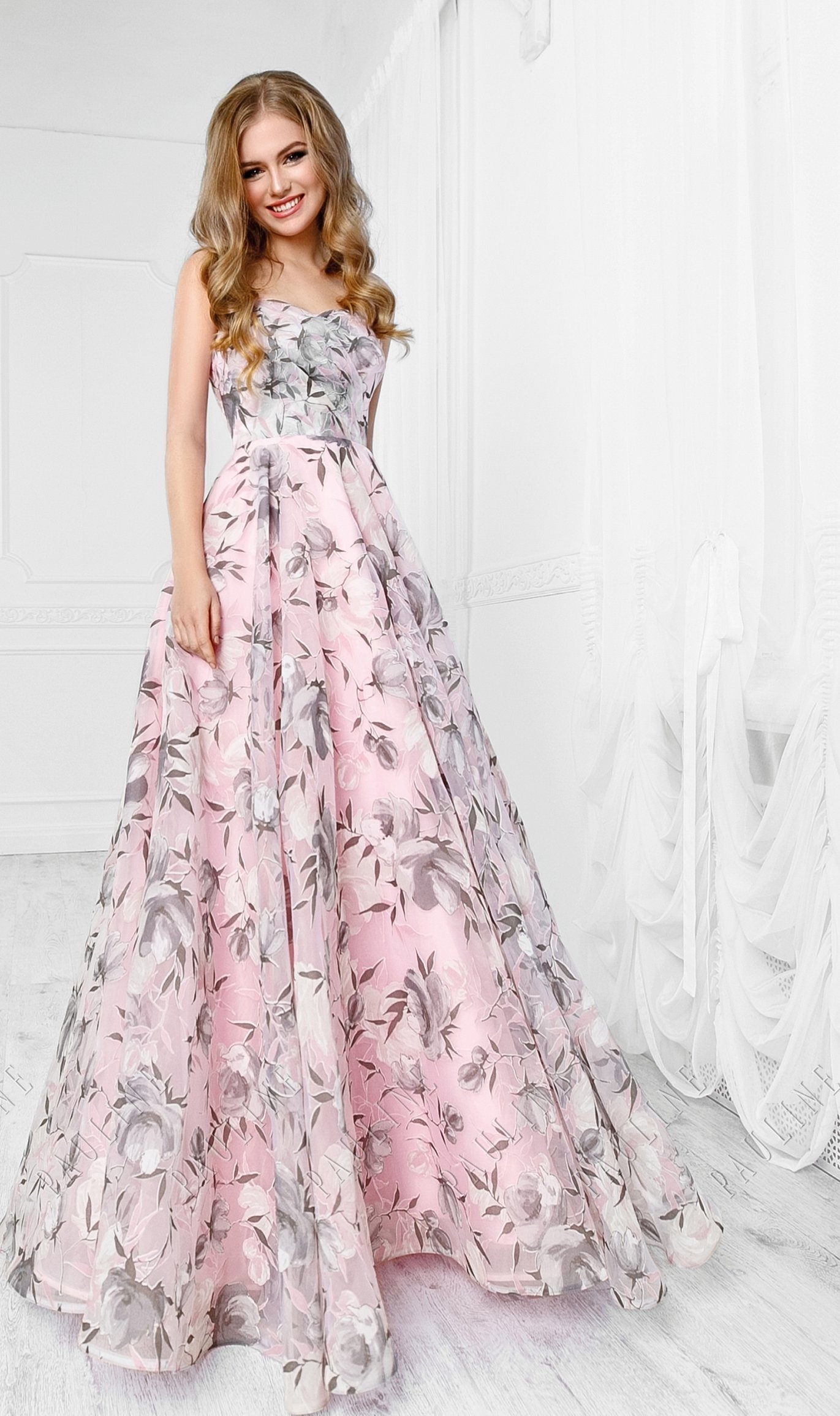
Fairytale interior
The textile industry produces original tulle curtains, drapes and curtain nets with various patterns, thanks to which you can create a truly fabulous interior. To decorate an exquisite interior, designers use organza devore, what is it, you can see in the picture below.
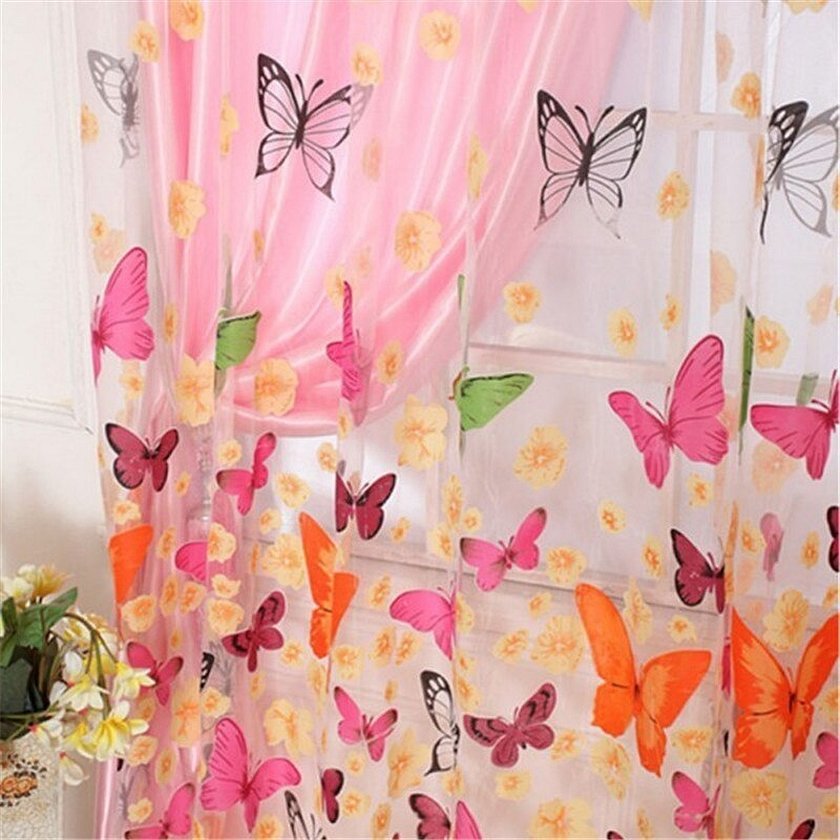
Organza devoré is able to create the effect of floating airy floral patterns, fairy-tale characters, plant ornaments. Thanks to this, the children's room helps its little owner to plunge into the world of fairy tales. The bedroom opens airy embraces for a peaceful sleep, and the living room becomes elegant and cozy, always ready to receive guests.

Exclusive decoration of the house will be decorative panels, tablecloths and other home textiles made from natural materials using the devore technique, according to the author's sketches.
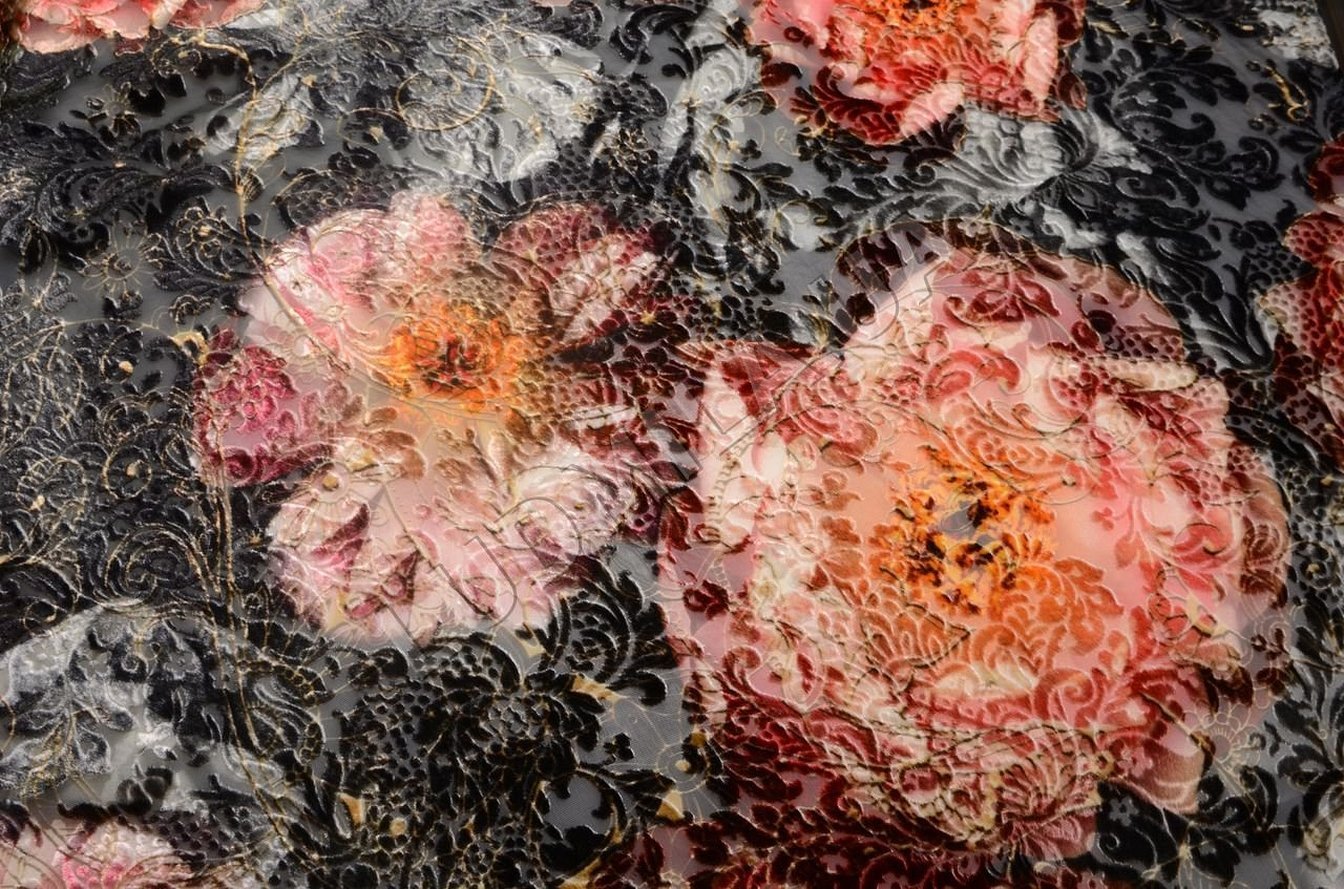
Care requirements
Despite its elegant design, devore products are easy to process and easy to care for. Before washing, read the care instructions on the label.
- It is advisable to wash light Devore textiles by hand, after soaking them in warm water using a gentle detergent;
- Curtains, drapes, tablecloths - machine wash on a delicate cycle at a temperature no higher than 40°C;
- Washed items are dried away from heat sources (clothes on hangers, tulle on curtains);
- If the product requires heat treatment after washing, then the temperature on the iron or steam generator is set to the temperature specified in the instructions.
Wedding dresses, items made from thin and delicate fabrics, decorated with decorative elements, are best taken to a professional dry cleaner.
In conclusion, if you want to look like a queen, and for your home to be unique and stylish, then you should buy clothes, home textiles and interior decorations made of fabric with the devore effect. Then success is guaranteed!




